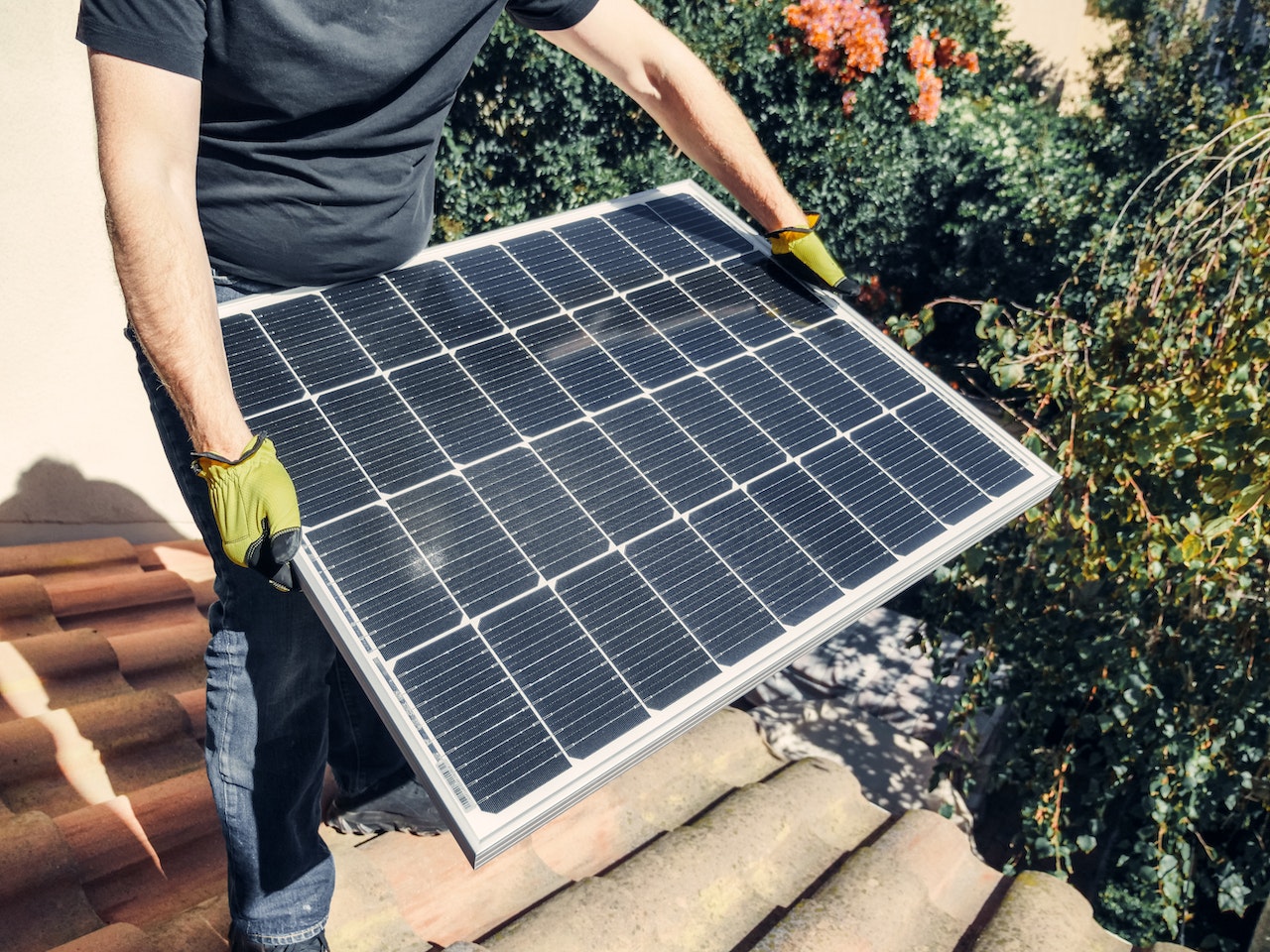Currently, there are many different types of solar panels available on the market that can make shopping a bit confusing. Solar panels for your home come with a wide range of options that will determine if it is the best solar panel system for your home or not.
These options include considerations like efficiency, appearance, manufacturer and wattage, to name a few. As you shop around, you will also find that the number of solar cells within the panels will vary.
Today, a vast majority of homeowners will choose to install either 60 or 72 cell solar panels in their homes. But what is the difference between 60 vs 72 Cell solar panels? And does the type of solar cells affect which one might be best for you?
In this post, we will discuss the differences between 60 vs 72 Cell solar panels and help you decide which one is best for your needs and applications!

What Is a Solar Cell?
Solar cells are the most important and most basic component of a solar panel system. These tiny cells are responsible for capturing and converting the sun’s energy.
In conventional solar panels, you’ll find solar cells made from silicon. This was the most effective photovoltaic material available for decades in capturing the red part of the spectrum. However, there is new technology coming out to capture solar power without using silicon.
These silicon-free cells are perovskite and LED displays. In contrast to silicon cells, the perovskite solar cells have been designed to achieve 30 per cent more efficiency with a 43 per cent estimated maximum efficiency. They are also much easier to produce because they require lower-cost materials.
However, perovskite cells are still under development, so all the solar panels you see lining the roofs of neighbourhoods use silicon.
That said, the process is quite complex but can be broken down into a few simple steps.
First, sunlight hits the silicon cells, which have negatively and positively charged layers to energize the photons. Once the photons hit the solar cell, the electrons get knocked loose and begin to move to create an electrical flow.
By itself, a single solar cell isn’t going to create much usable energy. That is why the cells are grouped together in what you see today—solar panel modules.
These modules can carry a wide range as low as 36 cells up to 144. However, the two most commonly found on the marketplace today are 60-cell and 72-cell panels.

Difference #1: Key Uses
Both types of solar panels can be used for most installations, including rooftop, ground and carports. Although, you’ll find 60-cell panels much more commonly used for residential systems and most 72-cell systems for large-scale solar projects or for commercial buildings.
Other than where you want to install your solar power system, you must also consider other factors such as dimensions, cost and output.
Difference #2: Installation Costs
As briefly mentioned earlier, there are a few types of solar cells, but there are also various types of solar cells derived from silicon. Your future solar panel’s solar cells are important because they will factor into your overall equipment and installation costs.
If you plan on installing a system for a large-scale project, you will find using 72-cell panels to be cheaper. These are perfect for large-scale projects or commercial buildings.
That’s because the increased number of solar cells translates to requiring fewer solar panels to generate the same amount of electricity. Having fewer panels means spending less on racking, overall equipment and installation costs.
Residential installations commonly use 60-cell panels because they are easier to install and much lighter. Ultimately, the easier installation means lower labour costs.
At the end of the day, unless you have a home the size of a commercial building, you are likely better off using 60-cell solar panels.
Difference #3: Dimensions
The difference in dimension between the two is immense. It is important to consider your solar panel dimensions to determine the perfect layout and system design.
Clearly, since 72-cell panels contain more cells, they will have larger dimensions than the 60-cell alternative.
60-cell solar panels are typically designed to be ten cells tall and six cells wide. On the other hand, 72-cell solar panels are designed to have two additional rows making them twelve cells tall and six cells wide.
If you have a flat roof or plenty of land for a ground installation, either option will work well. However, if you have limited space or a more complicated roof layout, you will want to consider using 60-cell panels.
Because 60-cell panels are much smaller, they are able to fit into narrow spaces. Additionally, if you have a narrow roof, you will want to check your local codes and regulations.
Sometimes the local codes and regulations will state that you must use 60-cell panels if you have a narrow roof.

Difference #4: Output
The last key difference between 60 vs 72 Cell solar panels to consider is the wattage and power output. In some cases, because 72-cell panels contain more cells, they have higher outputs and wattages than 60-cells.
However, you’ll find that having more cells doesn’t necessarily mean you have a higher power output. The actual output of a solar panel depends more on the durability and quality of the cells themselves.
That means if you are looking for the highest wattage and power output panels available, you’ll want to only look for those containing highly efficient solar cells and ones that have higher solar cell counts.
60 vs 72 Cell Solar Panel: Which One Is Best?
When determining which solar panel system is best for you, the number of solar cells shouldn’t be your top priority. Other factors such as durability, available warranties, aesthetics and cost should be must higher on your list.
Once you check off these other factors, your list of potential panels will shrink dramatically. From there, you can get into whether you have the space and if 72-cells panels are allowed on your roof in the first place.

I am Adeyemi Adetilewa, an SEO Specialist helping online businesses grow through content creation and proven SEO strategies. Proficient in WordPress CMS, Technical Site Audits, Search Engine Optimization, Keyword Research, and Technical Writing (Portfolio).
I help brands share unique and impactful stories through the use of public relations, advertising, and online marketing. My work has been featured in the Huffington Post, Thrive Global, Addicted2Success, Hackernoon, The Good Men Project, and other publications.

